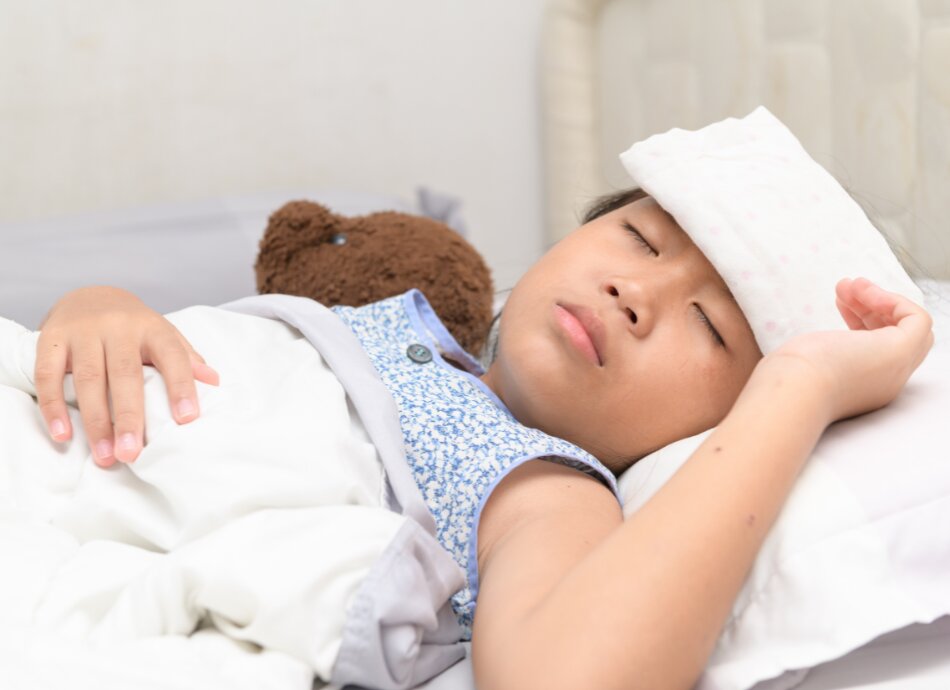If your child is diagnosed with Kawasaki disease, there is special treatment available. It is called immunoglobulin. This is a blood product made of concentrated antibodies from donated blood. Your child will receive it through a vein (intravenously).
Immunoglobulin is very effective at reducing the risk of heart damage. It works best when given within 10 days of the start of the illness. With treatment within 10 days, immunoglobulin reduces the chance of heart damage to 1 in 50. Without treatment the chance of heart damage is about 1 in 5.
Your child's doctor will prescribe aspirin in case there has been heart damage. Your child will keep taking aspirin at least until the ultrasound scan of the heart. Aspirin may increase the risk of Reye syndrome (a rare and serious illness linked to aspirin use in children with fever). See your doctor immediately if your child develops a fever while on aspirin.






